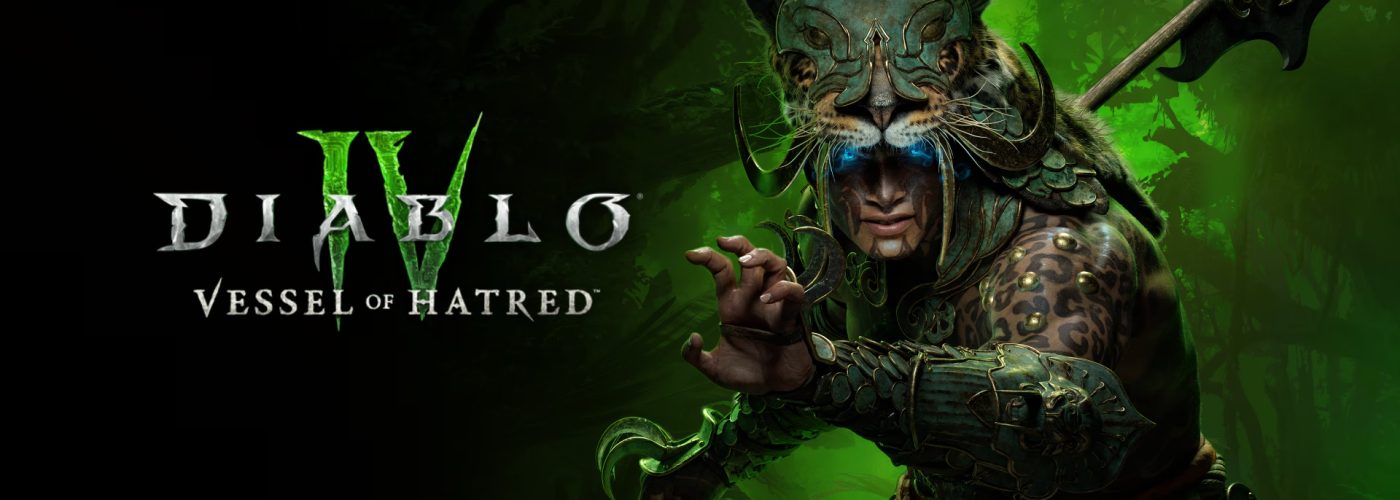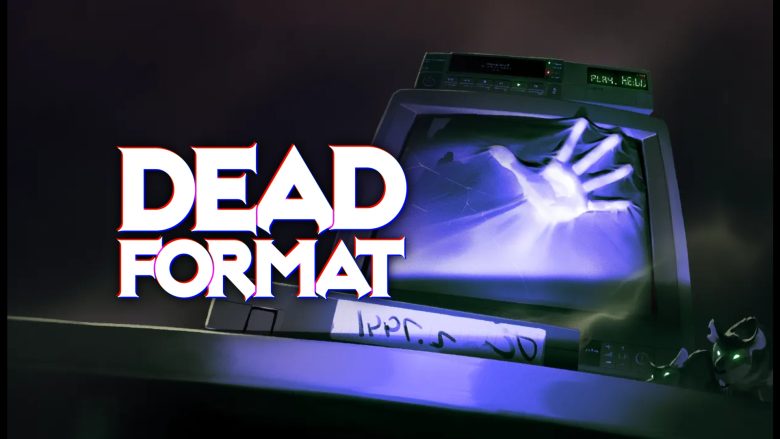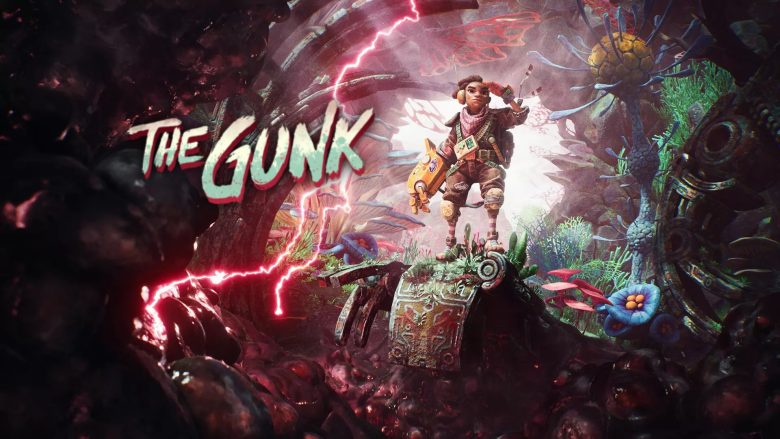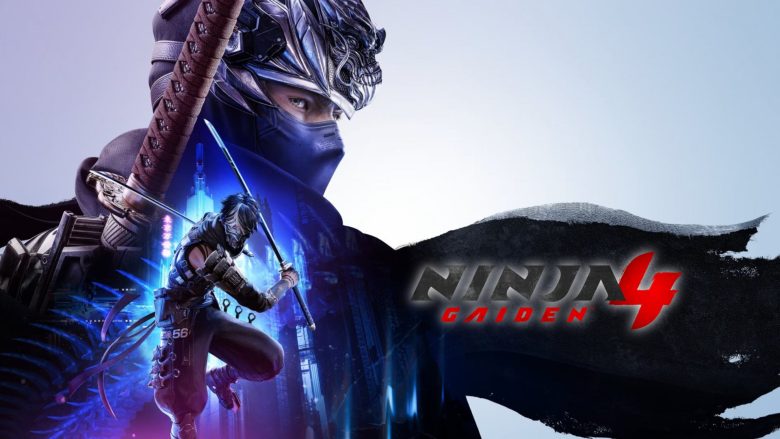Is the First Expansion Worth It?
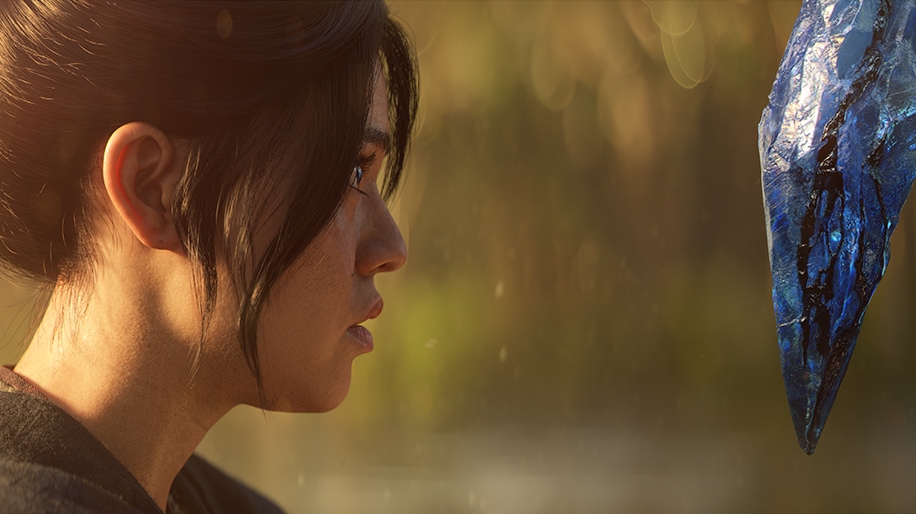
After the final, harrowing hours that brought Diablo IV to its dramatic close, many questions were left lingering—echoes in the silence, still awaiting an answer.
Vessel of Hatred picks up right where the story left off, serving as a natural continuation of that unfinished tale. At its heart lies one of the darkest and most agonizing questions of all: “Which path will Neyrelle choose?” Are you ready to step once more into the nightmare? To follow the whisper of hatred that coils through the shadows? Then read on—darkness has more to reveal.
A Story Worthy of the Diablo Name
Vessel of Hatred seamlessly picks up the narrative threads of Diablo IV, unfolding in well-defined acts divided into main and side quests. As with the base game, you’ll be drawn into expertly crafted dialogues and breathtaking CGI sequences,, which remain a signature of Blizzard’s unparalleled storytelling.
The writing maintains an exceptional standard, presenting a wide array of characters intricately connected to the mysterious, unexplored land of Nahantu. Each character boasts a unique identity and a well-established role within the narrative. Figures like Eru and Akarat emerge as central emotional and spiritual pillars of the plot, bringing moments of powerful intensity, unexpected twists, and revelations brimming with emotional depth.
At the heart of the story lies Neyrelle’s tortured mission: to find a way to contain the dark essence of Mephisto, trapped within the Soulstone, which was reactivated in the main campaign by Donan. Meanwhile, corruption spreads unchecked, tainting everything it touches, and the looming threat grows ever more real and oppressive. Amid this charged atmosphere, you place your hopes in the Spiritborns, a new and enigmatic faction led by a council that guards ancient, arcane knowledge.
The campaign will take roughly 10 hours if you decide to approach it at a relaxed pace, giving you the opportunity to fully immerse yourself in each mission and delve into side activities.
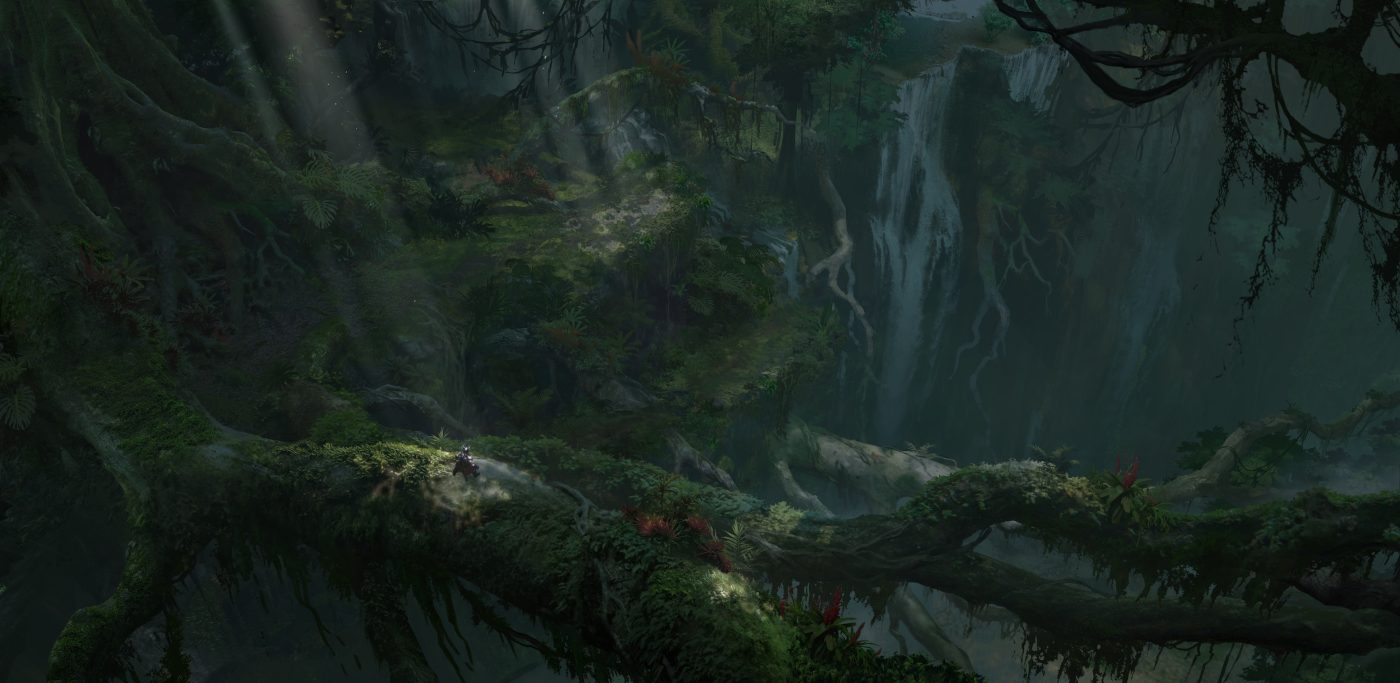
The Return of Mercenaries
This time, although their numbers are limited, each companion boasts a distinct identity, unique abilities, and a personalized combat style. Choosing the right mercenary becomes a critical tactical decision, allowing you to enhance your builds and cover any weaknesses in your character. Each mercenary evolves alongside you, unlocking new abilities through a dedicated skill tree, offering even more customization for their role in battle.
The introduction of mercenaries is also different this time around: in the early stages of the game, you’ll be given the free support of the first mercenary. Afterward, the underground base will grant access to additional recruits, each earned through specific missions that will allow you to build trust and gain them as loyal allies.
A Revamped Progression System
The expansion introduces a progression system designed to welcome new players, offering them the chance to evolve without being overwhelmed by a steep difficulty curve. The maximum level is now capped at 60, after which players enter a phase of development through excellence points, a system that rewards skill and strategic character building. This choice demands greater attention to the creation of your build, as the number of experience points that can be earned decreases.
For veterans of the series, Blizzard has also included a thoughtful “gift” for those with an active account: a boost up to level 50, complete with pre-set builds and a full legendary set.
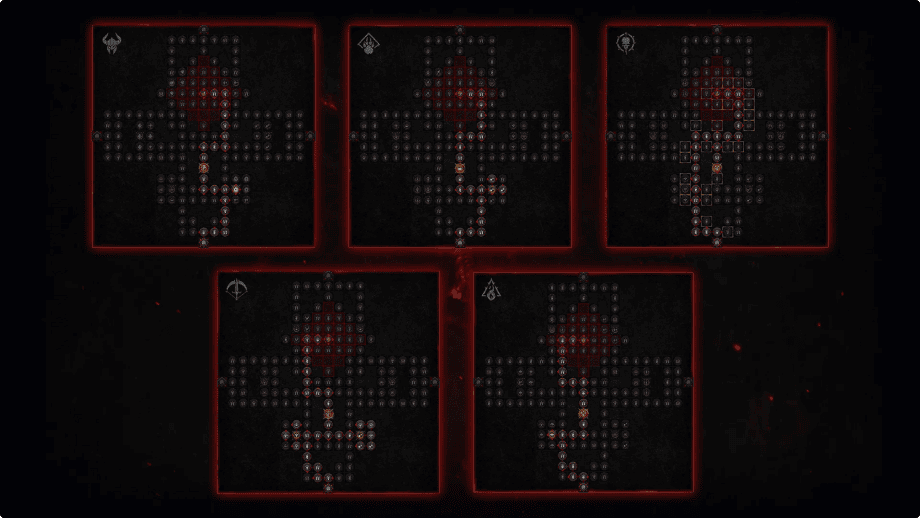
A New Force in Diablo IV: The Spiritborns
The core gameplay of Diablo IV remains as solid and well-established as ever, flawlessly adapted to the new generation. However, the true innovations lie in the introduction of the new Spiritborn class, which integrates seamlessly into the main storyline. The Spiritborn, capable of tapping into the powers of four animal spirits, each with unique abilities, brings a fresh and dynamic playstyle that, when carefully crafted, can become incredibly powerful.
Several dungeons in the new region offer more intricate and complex challenges, featuring less predictable layouts compared to the traditional areas of the main map, thus enhancing variety and unpredictability within the experience. While the gameplay remains finely tuned and well-balanced, it stays fundamentally true to the core essence of the base game, without introducing any particularly groundbreaking innovations.

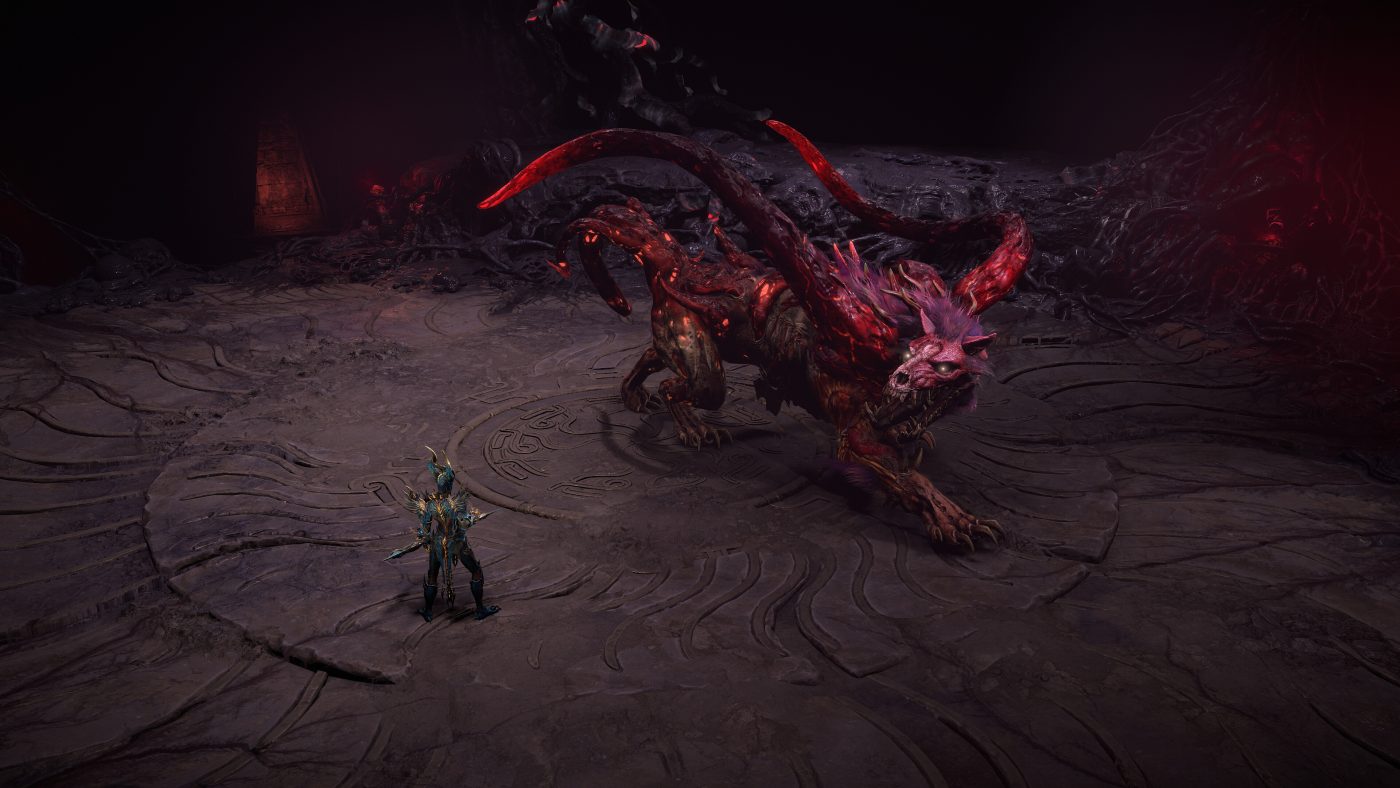
A Feast for the Eyes and an (Almost) Flawless Technical Triumph
The expansion stands out for its flawless visual style and exceptional technical stability. Diablo’s atmosphere reaches new, unparalleled heights, driven by an art direction that exquisitely captures the dark and ominous nature of its world. However, a long-standing problem still lingers: the necessity for an always-on connection. Even the smallest lag in critical moments can prove catastrophic, disrupting the gaming experience and breaking the fluidity of action.
Final Verdict
Vessel of Hatred proves to be a highly successful expansion, seamlessly building upon Blizzard’s already exceptional work and taking it to new heights. With its rich and varied content, it not only enhances the original Diablo IV experience but also offers an accessible entry point for newcomers. The gripping narrative, impactful conclusion, and the return of mercenaries make this expansion an essential addition for any devoted fan of the franchise.
Diablo IV: Vessel of Hatred
PRO
- Well-written characters
- The return of mercenaries
- Well-integrated side quests
- Atmospheric setting
- Neyrelle
- The new Spiritborn class
CON
- Unstable connection during critical moments
- Level cap too low for deep build experimentation
- Campaign length could be longer

